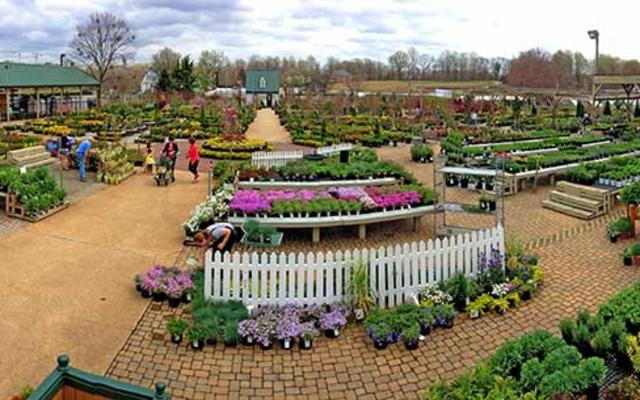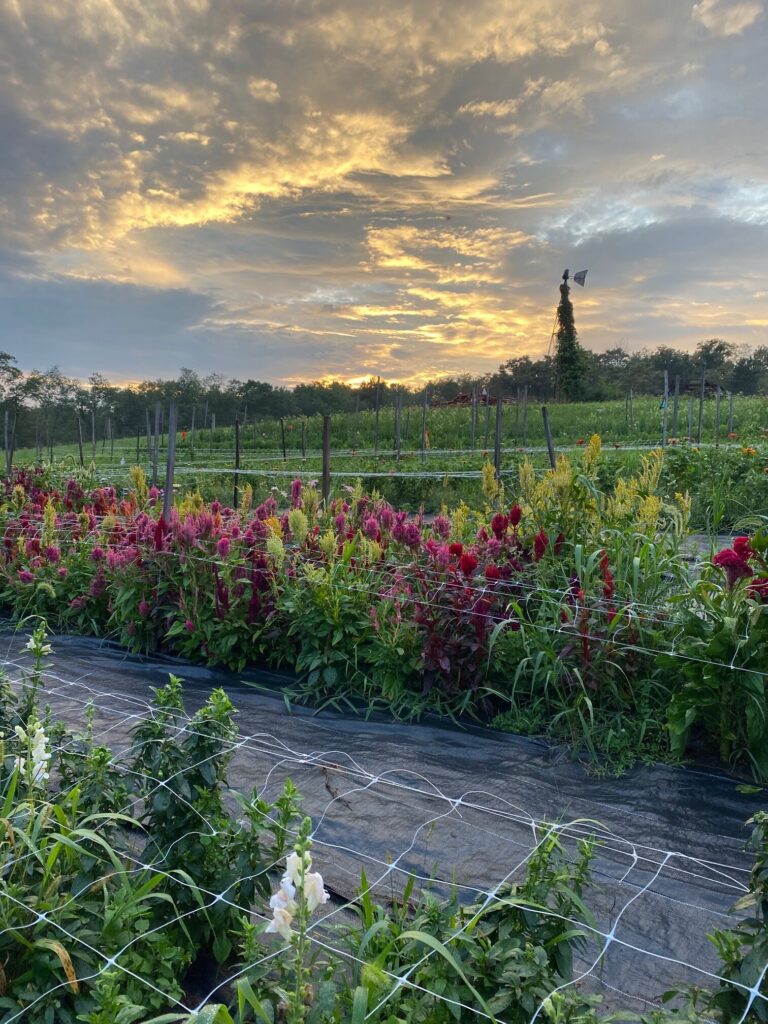Expert-Approved Tips on Homestead Gardening
Expert-Approved Tips on Homestead Gardening
Blog Article
Discover Necessary Tips for Effective Gardening Techniques and Practices
Horticulture, usually viewed as a basic pastime, encompasses a variety of methods and practices that can significantly affect the result of your efforts. By focusing on important elements such as dirt health, reliable sprinkling strategies, and ideal plant choice, gardeners can develop a successful community that sustains lively development. Comprehending the subtleties of pest monitoring and seasonal maintenance can additionally enhance efficiency. Yet, many lovers forget vital information that can make or break their gardening success-- checking out these forgot aspects might disclose the key to growing a prospering garden.
Understanding Dirt Wellness
Dirt wellness is a basic element of successful gardening, as it directly affects plant development, vitamins and mineral accessibility, and environment balance. Healthy dirt is identified by an abundant biodiversity of bacteria, organic matter, and a well balanced pH degree, which together create a setting for plant development.
To recognize soil health, one must consider its physical, chemical, and organic homes. The texture and framework of dirt affect its capacity to maintain wetness and nutrients, while the chemical composition establishes the accessibility of vital elements like nitrogen, phosphorus, and potassium. Normal soil screening is essential to analyze these aspects, allowing garden enthusiasts to make informed choices concerning plant foods and amendments.
In addition, promoting organic task within the soil is crucial for maintaining its health and wellness. Practices such as composting, plant rotation, and using cover plants can improve microbial variety, improve nutrient cycling, and lower soil erosion. By focusing on dirt health, garden enthusiasts not just optimize plant growth yet additionally add to a lasting community, making sure that their horticulture practices are ecologically liable and resistant with time.
Effective Watering Methods
Making sure that plants obtain the ideal amount of water is vital for their health and wellness and growth, especially when paired with a strong structure of dirt wellness (Homestead Gardening). Reliable sprinkling techniques can significantly impact plant vitality, decreasing water wastage and promoting optimal development
One essential method is deep watering, which urges origins to grow much deeper into the dirt, improving dry spell resistance. This method generally entails sprinkling less regularly but in bigger quantities, permitting wetness to penetrate the origin area completely. Timing is also vital; early morning is the excellent time to water, as it lessens evaporation and enables vegetation to dry throughout the day, decreasing condition risks.
In addition, employing compost can aid keep dirt moisture and manage temperature, additional assisting effective sprinkling techniques. Utilizing a drip watering system can likewise give targeted moisture straight to the roots, making sure that water reaches where it's most required while conserving resources.
Monitoring rains and soil moisture degrees can direct changes in your watering schedule, guaranteeing plants get regular hydration without over-saturation. By adopting these effective watering methods, garden enthusiasts can cultivate a thriving environment for their plants to thrive.
Plant Choice and Positioning
Just how can the appropriate plant option and strategic placement transform a garden into a flourishing community? The synergy between plant ranges and their placement is vital for developing a vivid yard. When choosing plants, think about aspects such as environment, soil type, and sunlight exposure. Indigenous varieties are typically the very best option as they are adapted to local conditions and call for much less maintenance.
Strategic placement involves preparing plants according to their development practices and needs. Taller plants must be positioned at the rear of boundaries to avoid shielding much shorter plants. Additionally, organizing plants with similar water and light needs can improve their growth and lower competition for sources.
Integrating a variety of plants not only includes aesthetic appeal however also advertises biodiversity, attracting valuable bugs and pollinators. Take into consideration the seasonal modifications in your yard; choose a mix of evergreens, perennials, and annuals to visit this web-site guarantee year-round passion.
Lastly, keep in mind to assess the mature dimension of plants prior to planting to prevent congestion and guarantee ample air circulation. Thoughtful plant choice and critical placement produce an unified setting, allowing your garden to grow while minimizing challenges.
Bug and Illness Monitoring
Effective bug and condition management is necessary for keeping a healthy garden environment - Homestead Gardening. A proactive method, incorporating social, biological, and chemical techniques, can web dramatically reduce the impact of bugs and conditions on your plants

Organic controls, such as presenting helpful pests like ladybugs or predacious termites, can maintain parasite populaces in check without damaging the setting. In addition, keeping plant wellness via correct watering, fertilizing, and trimming will certainly boost their durability against illness.
When intervention is necessary, choose targeted chemical treatments, ensuring to adhere to application standards to lessen damage to non-target organisms. Always focus on lasting methods, as they promote long-lasting yard wellness and eco-friendly balance. By integrating these strategies, garden enthusiasts can properly handle diseases and parasites, making sure flourishing plants and a productive yard.

Seasonal Maintenance Practices
In springtime, emphasis on soil prep work by testing pH degrees and adding needed amendments. Consistently check emerging plants for illness and pests.
As summer season approaches, make certain sufficient watering while keeping an eye on for signs of anxiety or disease. Prune back disordered plants to encourage air blood circulation and reduce moisture around vegetation. This practice not just look these up boosts plant health however also promotes blooming and fruiting.
With the arrival of fall, it's time to prepare for wintertime. Tidy up fallen leaves and debris to stop pest invasions, and take into consideration planting cover crops to enhance dirt health. This season is likewise excellent for dividing perennials and planting spring-flowering light bulbs.
Verdict
Effective gardening depend upon the combination of audio techniques in dirt health, watering, plant selection, insect administration, and seasonal upkeep. By focusing on dirt testing and microbial diversity, employing efficient watering methods, and picking ideal plants, garden enthusiasts can create thriving environments. Furthermore, aggressive parasite monitoring and attentive seasonal upkeep add significantly to overall garden vitality. Embracing these techniques fosters a effective and lasting horticulture setting, making certain prospering development and durability throughout the altering seasons.
By focusing on necessary aspects such as soil wellness, reliable watering strategies, and ideal plant choice, gardeners can develop a successful community that supports vivid growth. By focusing on dirt health, garden enthusiasts not only maximize plant growth but additionally contribute to a lasting environment, ensuring that their horticulture practices are durable and eco accountable over time.
Taller plants should be positioned at the back of boundaries to avoid shielding shorter plants. Tidy up fallen leaves and particles to prevent bug infestations, and think about growing cover crops to improve soil health and wellness.Effective gardening hinges on the assimilation of sound techniques in soil health and wellness, watering, plant option, insect administration, and seasonal upkeep.
Report this page